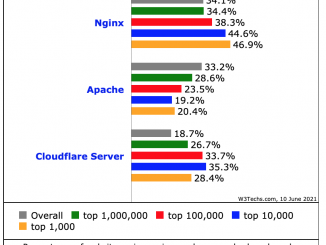
NGINX Plus and Microsoft Azure Load Balancers
NGINX Plus and Microsoft Azure Load Balancers table.nginx-blog, table.nginx-blog th, table.nginx-blog td { border: 2px solid black; border-collapse: collapse; } table.nginx-blog { width: 100%; } table.nginx-blog th { background-color: #d3d3d3; align: left; padding-left: 5px; padding-right: 5px; padding-bottom: 2px; padding-top: 2px; line-height: 120%; } table.nginx-blog td { padding-left: 5px; padding-right: 5px; padding-bottom: 2px; padding-top: 5px; line-height: 120%; } table.nginx-blog td.center { text-align: center; padding-bottom: 2px; padding-top: 5px; line-height: 120%; } [Editor – This post has been updated to reflect the features supported by NGINX Plus and Azure load balancing services as of June 2021. It also refers to the NGINX Plus API, which replaces and deprecates the separate dynamic configuration module mentioned in the original version of the post.] Customers using Microsoft Azure have three options for load balancing: NGINX Plus, the Azure load balancing services, or NGINX Plus in conjunction with the Azure load balancing [ more… ]

